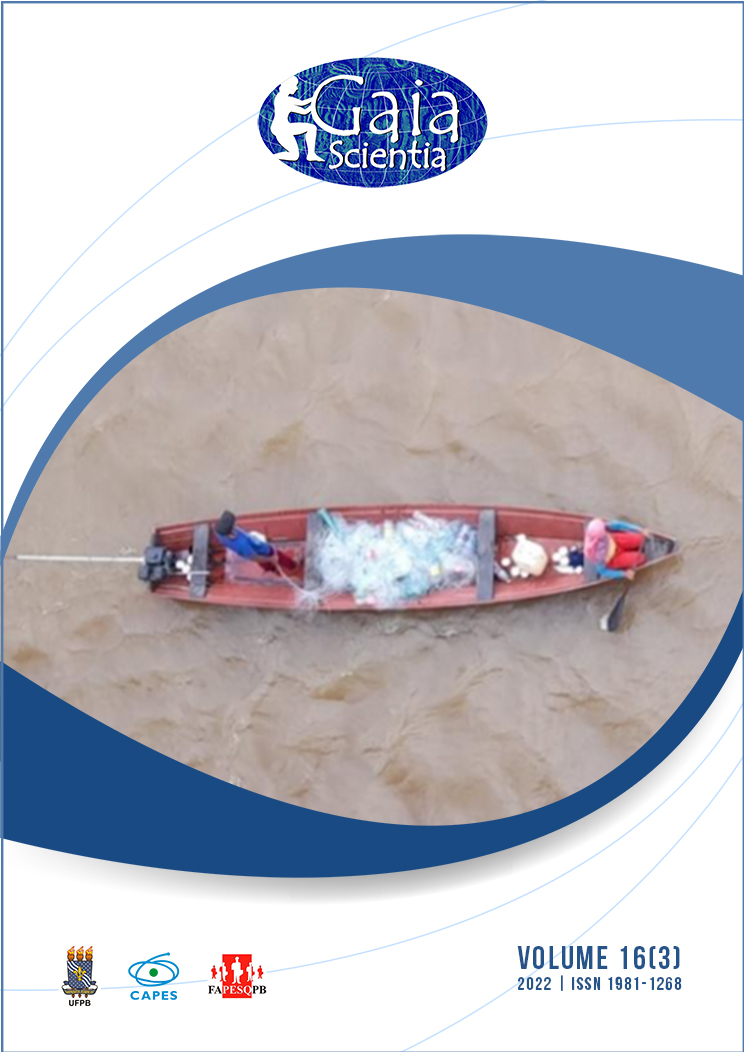Avian risk analysis at Senador Petrônio Portella Airpot, Teresina-PI
DOI:
https://doi.org/10.22478/ufpb.1981-1268.2022v16n3.62798Abstract
Studies in airports are necessary to understand the influence of these spaces on the bird community and to list the dangers that this group can cause to air traffic. The risk of accidents involving birds and aircraft is increasing due to the increase in airlines, disorderly expansion of cities, lack of sanitation and environmental awareness on the part of the population residing in airport areas, favoring the permanence of birds. To assess this potential, bird species that represent an imminent risk of collisions with aircraft at Senador Petrônio Portella airport, in Teresina-PI, were identified. Seventy bird species were recorded in the study area in 84 days of sampling, distributed in 34 families. The species: Estrilda astrild, Columba livia, Leistes superciliaris, Coragyps atratus and Tachornis squamata were responsible for 64% of all sightings. Six species presented a higher risk of collision with aircraft according to the methodology adopted: Cathartes aura, Cathartes burrovianus, C. atratus, Heterospizias meridionalis, C. livia and Caracara plancus. This work can promote the generation of mitigation measures seeking to reduce this risk, as well as stimulate the debate on this topic by civil society and the scientific community.










